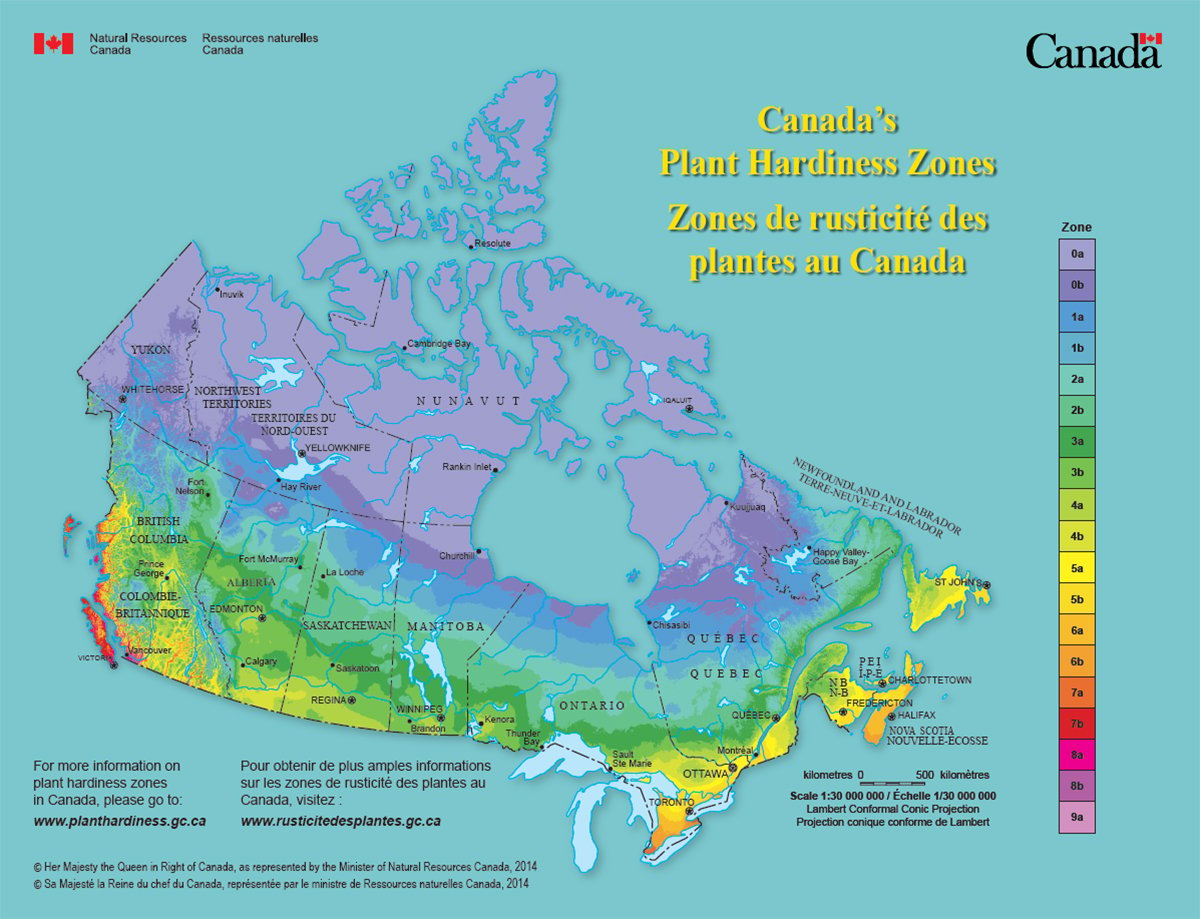One of the most mysterious and potentially damaging problems of grass being grown for seed is silvertop. Perhaps the worst aspect is that by the time symptoms are evident, it’s too late to salvage the crop.
“Silvertop symptoms are distinctive and become apparent when the seed stalk elongates to develop seed heads,” said Michel Tremblay, forage specialist with Saskatchewan Agriculture.
“Affected plants may have one or more of these reproductive seed stalks ripen prematurely, with affected stems turning light brown, a straw color or silver in appearance. The seed heads fail to fill, and premature drying occurs at the first or second node. Affected seed heads, which are in stark contrast to the green foliage on the remainder of the plant, are easily pulled from the plant.”
Read Also

Canada’s plant hardiness zones receive update
The latest update to Canada’s plant hardiness zones and plant hardiness maps was released this summer.
Tremblay said silvertop can occur on a wide variety of grasses, but is a particular problem on fine-stemmed grasses such as Kentucky bluegrass. Some variation also occurs within a species. Meadow bromegrass, for example, is more susceptible than smooth bromegrass. Infection can range from mild to severe, with levels increasing with the age of the stand and stress caused by poor growing conditions.
Although silvertop is not a new problem in grass seed fields, its cause is not known.
“It is thought to be an insect-disease complex as infected stems usually have damage due to feeding activity of piercing and sucking insects. Disease symptoms manifest themselves above the location of the insect damage.”
Tremblay said the species of insects observed in association with silvertop include grass plant bugs, mites, thrips and fruit flies.
“If silvertop is present one year, there’s a good possibility it will be present the following year as well. Effective control methods, therefore, include post-harvest burning and close mowing or grazing, which reduce the over-wintering success of insects and subsequent insect numbers the following year. There has also been good success with spraying for insects early in the season prior to seed-head formation,” he said.
Agriculture Canada and Manitoba Agriculture are working on this disease in forage seed crops, he said.














